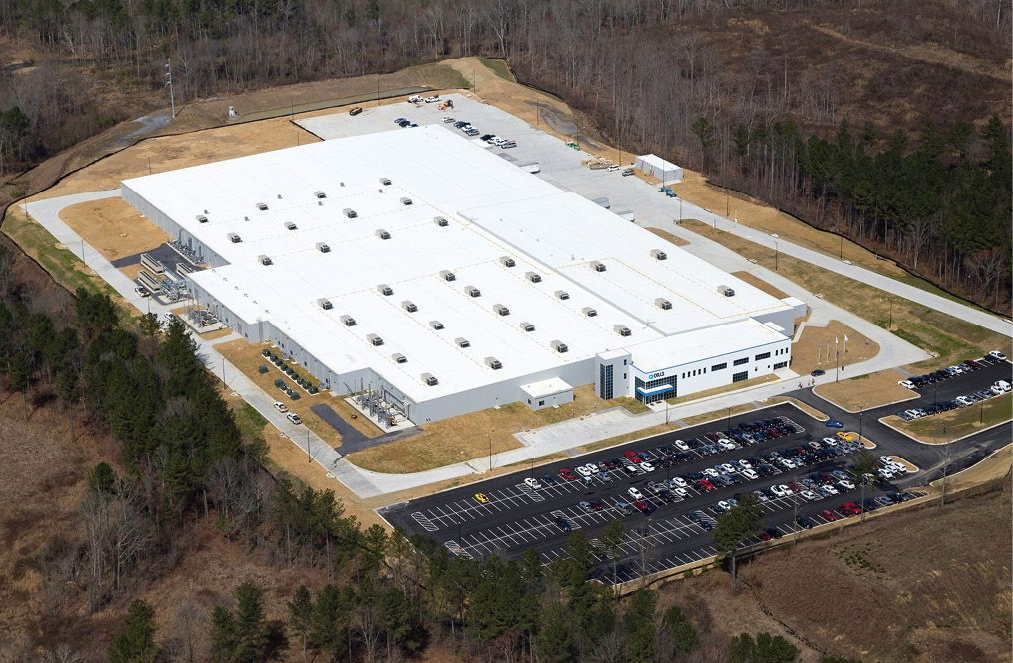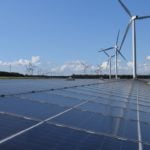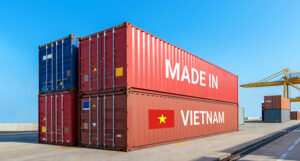Latest
The 25% tariff could have an impact on the US solar industry. Image: Gage Skidmore/Wikimedia Commons
Donald Trump has announced a 25% tariff on all imports entering the US from India from the 1st August 2025.
Posted to his social media platform, Truth Social, the president said India was a “friend” whose “tariffs are far too high, among the highest in the world”.
This article requires Premium Subscription Basic (FREE) Subscription
Unlock unlimited access for 12 whole months of distinctive global analysis
Photovoltaics International is now included.
Already a subscriber? Sign In
Regular insight and analysis of the industry’s biggest developments
In-depth interviews with the industry’s leading figures
Unlimited digital access to the PV Tech Power journal catalogue
Unlimited digital access to the Photovoltaics International journal catalogue
Access to more than 1,000 technical papers
Discounts on Solar Media’s portfolio of events, in-person and virtual
Or continue reading this article for free
Already a subscriber? Sign In
The move could have an impact on the US solar industry, which is already being buffeted by changing trade winds.
India has increasingly been spoken of as an emerging supplier to the US solar industry. The country has been building out a solar manufacturing capacity over recent years and has had success in establishing solar cell and module facilities, in particular.
The US industry is contending with new “Foreign Entity of Concern” (FEOC) restrictions on solar products entering the US, after the passage of the budget reconciliation bill earlier this month. This amounts to a restriction on Chinese products for solar projects hoping to attain federal tax credits.
Cells and modules from certain Southeast Asian countries are also subject to antidumping and countervailing duty (AD/CVD) tariffs, and the Uyghur Forced Labor Prevention Act (UFLPA) requires stringent supply chain transparency from products suspected to contain components from the Xinjiang region of China.
India has been seen as a potential alternative for solar supply as the US becomes increasingly closed to Chinese products, either directly or via satellite operations. Vinay Rustagi, chief business officer at Premier Energies, told PV Tech Premium last month why he believes India could emerge as the alternative to China’s global PV hegemony.
Shipments from India to the US have increased in recent years. Data from PV Tech Market Research (below) shows that module imports from Indian manufacturers grew massively in 2023, and reached over 8GW in 2024. That figure is forecast to drop slightly this year.
Some Indian solar manufacturers, like Waaree Energies, have also set up manufacturing facilities in the US.
But this new 25% tariff could complicate this situation, making products from India more expensive for US buyers and increasing costs for Indian manufacturers like Waaree, who expected to ship cells from India to make modules in the US.
To add to the picture, the US Department of Commerce (DOC) recently announced a new round of AD/CVD tariff investigations, targeting India, Laos, and Indonesia. If these are successful and AD/CVD tariffs are imposed, Indian supply will become even less attractive to US companies, and the routes for tariff-free solar supply to the US will become very few.
We will follow this story as it develops.
San Francisco Bay Area, USA
PV Tech has been running an annual PV CellTech Conference since 2016. PV CellTech USA, on 7-8 October 2025 is our third PV CellTech conference dedicated to the U.S. manufacturing sector. The events in 2023 and 2024 were a sell out success and 2025 will once again gather the key stakeholders from PV manufacturing, equipment/materials, policy-making and strategy, capital equipment investment and all interested downstream channels and third-party entities. The goal is simple: to map out PV manufacturing in the U.S. out to 2030 and beyond.
Returning for its 12th edition, Solar and Storage Finance USA Summit remains the annual event where decision-makers at the forefront of solar and storage projects across the United States and capital converge. Featuring the most active solar and storage transactors, join us for a packed two-days of deal-making, learning and networking.
PV Tech has been running PV ModuleTech Conferences since 2017. PV ModuleTech USA, on 16-17 June 2026, will be our fifth PV ModulelTech conference dedicated to the U.S. utility scale solar sector. The event will gather the key stakeholders from solar developers, solar asset owners and investors, PV manufacturing, policy-making and and all interested downstream channels and third-party entities. The goal is simple: to map out the PV module supply channels to the U.S. out to 2027 and beyond.
Read Next
Wind and solar PV are set to cover over 90% of the increase in global electricity demand this year, according to the IEA.
US solar tracker manufacturer Nextracker recorded revenues of US$864 million and a gross margin of 32.6% in the quarter ending June 27, 2025.
US renewables developer Savion, a subsidiary of global oil giant Shell, has formed a new company to take ownership of its solar projects after development.
US-based solar manufacturer T1 Energy has expressed support for the US government’s tariff investigations into global polysilicon imports and solar products from Laos, Indonesia and India.
Spanish oil major Repsol has agreed to sell 40% stake in US renewables developer Hecate Energy, settling outstanding dispute.
In a webinar hosted by Informa Markets, industry experts gathered to dissect the implications of the 45V clean hydrogen tax credit extension.
Subscribe to Newsletter
Most Read
Upcoming Events
Media Partners , Solar Media Events
https://www.pv-tech.org/trumps-25-india-tariff-will-add-to-us-solar-trade-puzzle/





